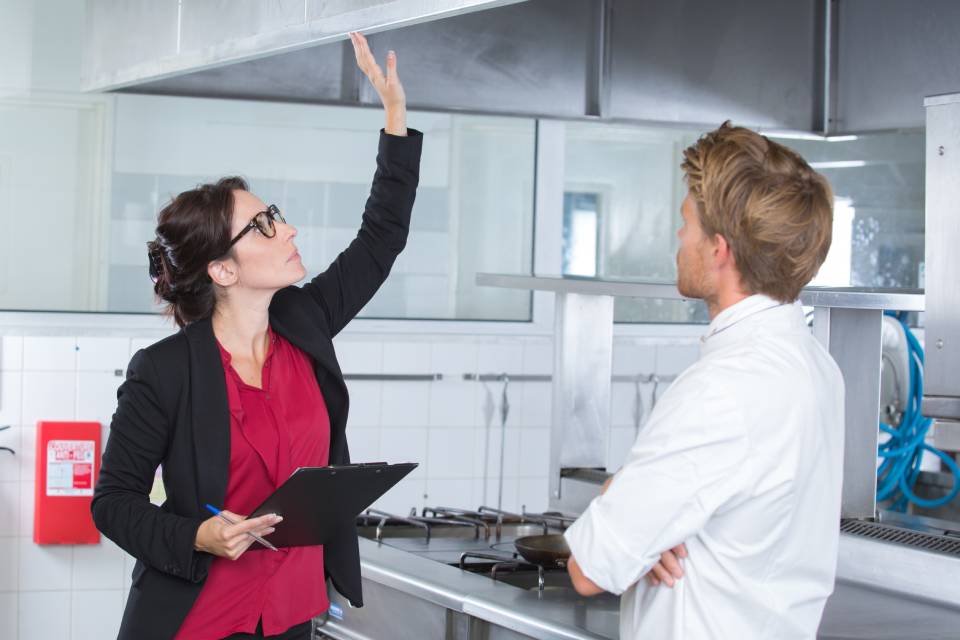Restaurants are some of the most common places where fires can occur due to the presence of open flames and various cooking equipment. This is why restaurant owners should always be ready for fire inspections by local authorities to ensure their establishments follow all safety regulations.
Fire inspections are often unannounced and can be a source of stress for restaurant owners. But it’s important to remember that these inspections are necessary for the safety of both customers and employees. Let’s explore what to expect during a restaurant fire inspection and review how you can prepare for one.
Inspectors Check Fire Extinguishers
An inspector will check whether you properly maintain your fire extinguishers. To pass the inspection, you should have the right type of fire extinguishers in your restaurant, such as Class K for kitchen fires. These extinguishers should also be easily accessible and within their expiration dates.
The inspector may also check that your staff know how to use the fire extinguishers—this is a big reason why fire safety training is important for restaurants! Make sure your employees know where the fire extinguishers are and how to use them in case of an emergency.
They Look at Your Kitchen’s Ventilation System
Your kitchen’s ventilation system filters the smoke and grease from your cooking equipment. An inspector will check to see if this system is clean and functioning properly. A dirty or clogged ventilation system can be a potential fire hazard, and you may receive a violation if it’s not properly maintained.
To prepare for this part of the inspection, make sure you regularly clean and maintain the ventilation system. This can also help improve the air quality in your kitchen, which is important for both safety and food sanitation purposes.
They Inspect the Electrical Wiring
Faulty electrical wiring is one of the leading causes of restaurant fires. The inspector will check that all electrical equipment in your establishment is up to code and properly installed. They’ll also look for any potential hazards, such as exposed wires or overloaded outlets.
To pass this part of the inspection, make sure you address any electrical issues in your restaurant promptly. Regularly check your wiring and equipment for any signs of damage, and have a licensed electrician make any necessary repairs.
They Look For Potential Fire Hazards
An inspector will thoroughly examine your restaurant for any potential fire hazards. This includes checking for things like cluttered storage areas, blocked exits, and flammable materials near heat sources.
Be proactive in addressing any potential fire hazards before the inspection. Keep storage areas organized and free of clutter, make sure all exits are easily accessible, and store flammable materials away from heat sources.
They Check Recordkeeping and Documentation
During the inspection, an inspector will also ask to see your recordkeeping and documentation related to fire safety. This includes keeping track of when fire extinguishers were last serviced, any maintenance or repairs done on equipment, and records of staff training.
You should have these documents up to date and ready to present during the inspection. This shows that you take fire safety seriously and are actively maintaining a safe environment for your customers and employees.
Fire inspections can be nerve-racking, but they’re necessary to ensure the safety of your restaurant and everyone inside it. By knowing what to expect during a restaurant fire inspection and being proactive in addressing any potential issues, you can pass with flying colors.

